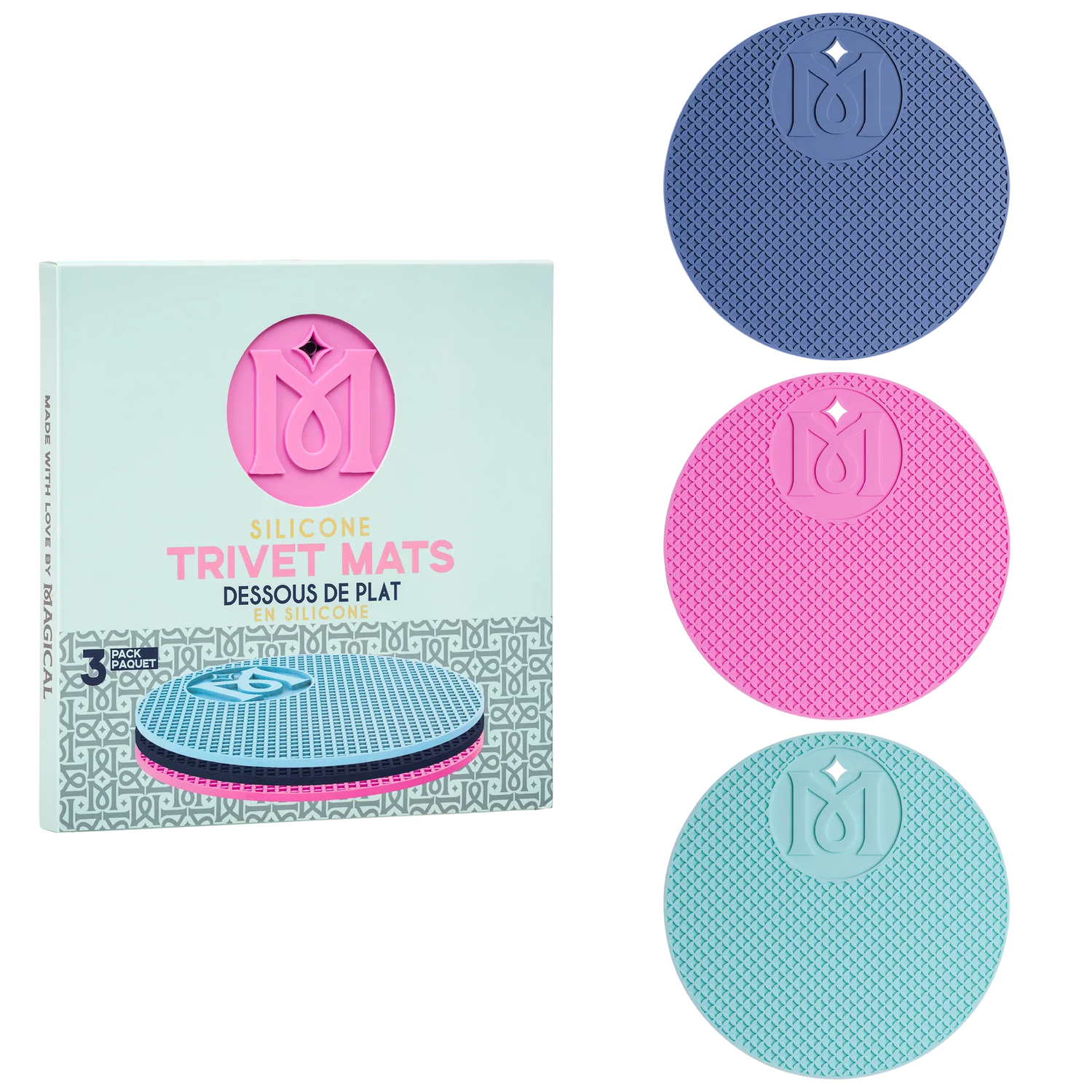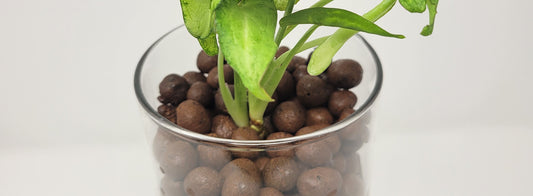Most plants reproduce by way of seed and the process of germination. A flower is pollinated forming a fruit or seedpod. The plant will spread its seeds and the life cycle begins again. The seed is very important, passing down information in it’s genes for the next generation of plants.
Plants have developed many features to help them grow and reproduce. To insure success of future generations, the seed has specific attributes and functions. Seeds have three main parts: the embryo, food storage tissue, and the seed covering.
Embryo
The embryo consists of the epicotyl (the part of the stem above the cotyledons), cotyledons (primitive leaves), hypocotyl (stem between root and cotyledon), and radicle (beginning of root system). The plumule is the growing tip of the epicotyl.

Food Storage
The seed contains enough food to feed the plant inside through germination and the first few weeks of its life. Food storage tissue (also called nutritive tissue) contains carbohydrates, fats (oils), and proteins to feed young plants. It is found in the endosperm, and in some cases the perisperm.
The endosperm is nutritive tissue found inside the seed, developed from the embryo sac of the female flower. Endosperm can be smooth, mealy, hard, or even liquid. The perisperm is storage tissue that is only found in a few plant families. It is usually digested by the endosperm during seed development. In other words, food for the food storage tissue.
Seed Coat
Now that we have all these parts inside of our seed, we need a way to protect them. This brings us to the seed covering. Seed coverings are on the outside of the seed and are usually hard and at least partially impermeable to water. This helps to keep water inside the seed and insect or fungal damage out.
The seed covering consists of two parts: the outer shell which is hard and thick, and the inner shell which is thinner and more delicate. Hard outer coverings cause seed dormancy so the plant will only germinate once growing conditions are favorable.
The seed covering comes from the female sex organs of the plant. It is made up of parts of the nucellus. The nucellus contains the embryo sac. As the seeds mature they can swell and become dark in color. Sometimes exhibiting striations or stripped patterns. They can also exhibit other physiological characteristics from hairy to winged. These attributes can all play into a seeds success to germinate.
For tips on starting your seeds and propagation supplies check out Taproot Hydroponics & Organics, if you're in the Atlanta area, stop by.
S.M.






2 comments
HI
Great info thank you. I have a question. My friend and I disagree. When a seed is starting the germination process if absorbs water. My question is, if the inside of the seed gets “soft and squishy” does this mean the seed is bad. And what about if they get “soft, squishy and dark”. Thank you.
Sandy